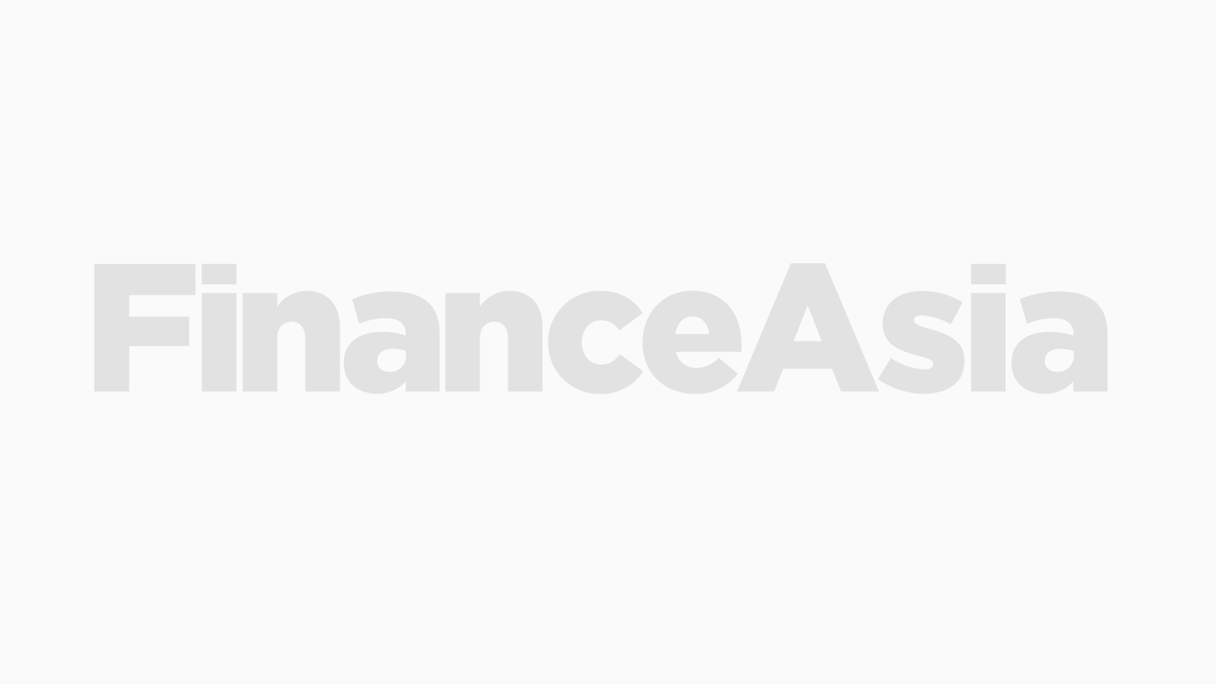The Shangri-La group made a rare foray into the international capital markets yesterday (Monday) with a concurrent convertible and share placement. With JPMorgan as lead manager, the group raised $200 million from the convertible (no greenshoe) and $175 million from the placement, although the Kerry group, which owns 45% of the company, took up $85 million of the latter.



